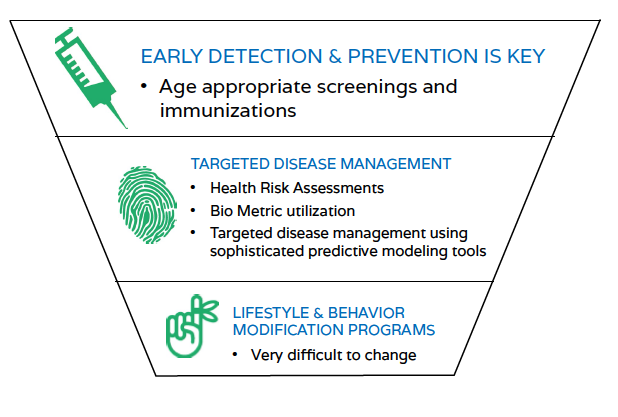Five Key Factors to Measuring Wellness ROI
As we discussed in our last post, those tasked with the job of overseeing company wellness programs often find it difficult to quantify the success of those programs in a definable way. The problems facing HR departments when tasked with establishing the ROI on wellness are many, from program structures that don’t provide enough trackable data, to the difficulties of measuring intangible successes in terms of money, to the simple fact of limited time, resources, and manpower. These issues are often compounded by unrealistic expectations and a desire for quick results.















